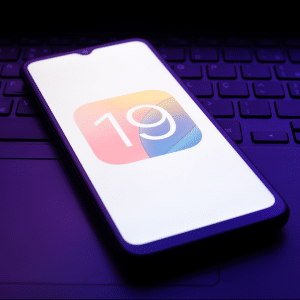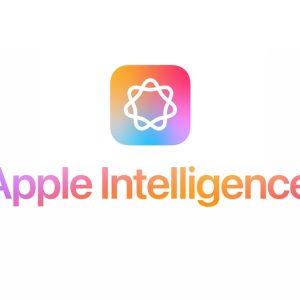There are now over 2,000 emoji icons and some 5 million are used on Facebook messenger every day, the ideograms and smileys have become a staple in text messages worldwide. They are now even frequently used in video, TV shows and advertisements.
Like with the majority of modern technology, the world has welcomed this icon-based communications system with open arms, however, some people are not too keen. The US justice system is facing huge problems when it comes to emojis as they are struggling to interpret their meanings in many ways.
Law professor Eric Goldman of Clara University explains: “Emojis show up in virtually every practice area because emojis are showing up across all types of online communications. Emojis show up most frequently in cases where online chatter is a key source of evidence.”
Emojis evident in court
The professor also went onto highlight that emojis are popular in cases relating to sexual predation where the icons are often used for flirting or “sexual banter”, describing them as “a form of victim grooming”. Similarly, they can also feature in employment discrimination cases for the same reasons.
Owed to such reasons, the number of court opinions alluding to emojis is experiencing astronomical growth. At roughly 30%, almost of a third of the all-time number of opinion references to the emojis reached in 2018, the usage of them in opinions is much lower than would be anticipated.
Goldman claims that opinions often completely dismiss emojis: “Opinions routinely omit the emojis altogether, or the judge imprecisely characterizes the emojis in evidence.”
And with legal research services such as Westlaw and Lexis typically not displaying emoji as their databases do not allow for specific icons to be search for in court opinions, Goldman further suggests, “the court publication process remains woefully under-prepared”.
Different interpretations
The discrepancy present with emojis styling across platforms is also said to be the cause of lawsuits. Apple, Google and other leading faces of technology have attempted to harmonize what is depicted with each icon but attempts so far have proved futile.
Additionally, the meaning of each emoji is subject to interpretation by courts. The fact that each icon is so small and many look similar can also make it more difficult for readers to misunderstand the intended meaning from the sender.
The symbols can also be compared to regional and community dialects as they can take on platform-specific dialects. Consider the understanding of the eggplant and peach emoji on iOS. By many, the symbols take on a sexual meaning but remain innocuous to others.
Similarly, emojis also appear different across several platforms due to their graphical style. For example, Android users may be presented with a “grinning face with smiling eyes” emoji and therefore use the icon to convey happiness, however, iOS users can be presented with an icon that is “ready to fight” and therefore use it to convey violence.












